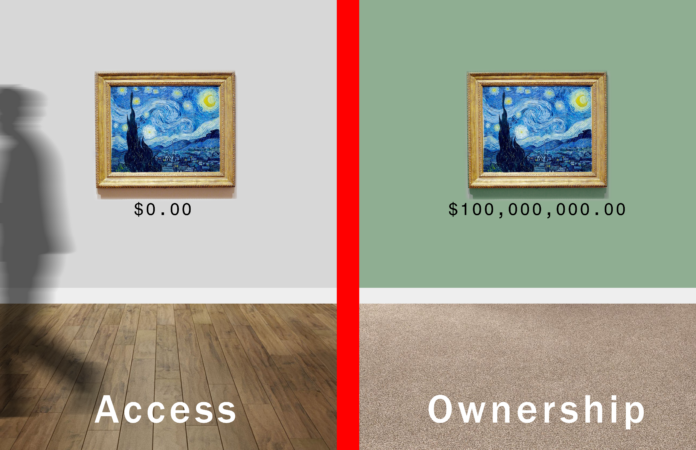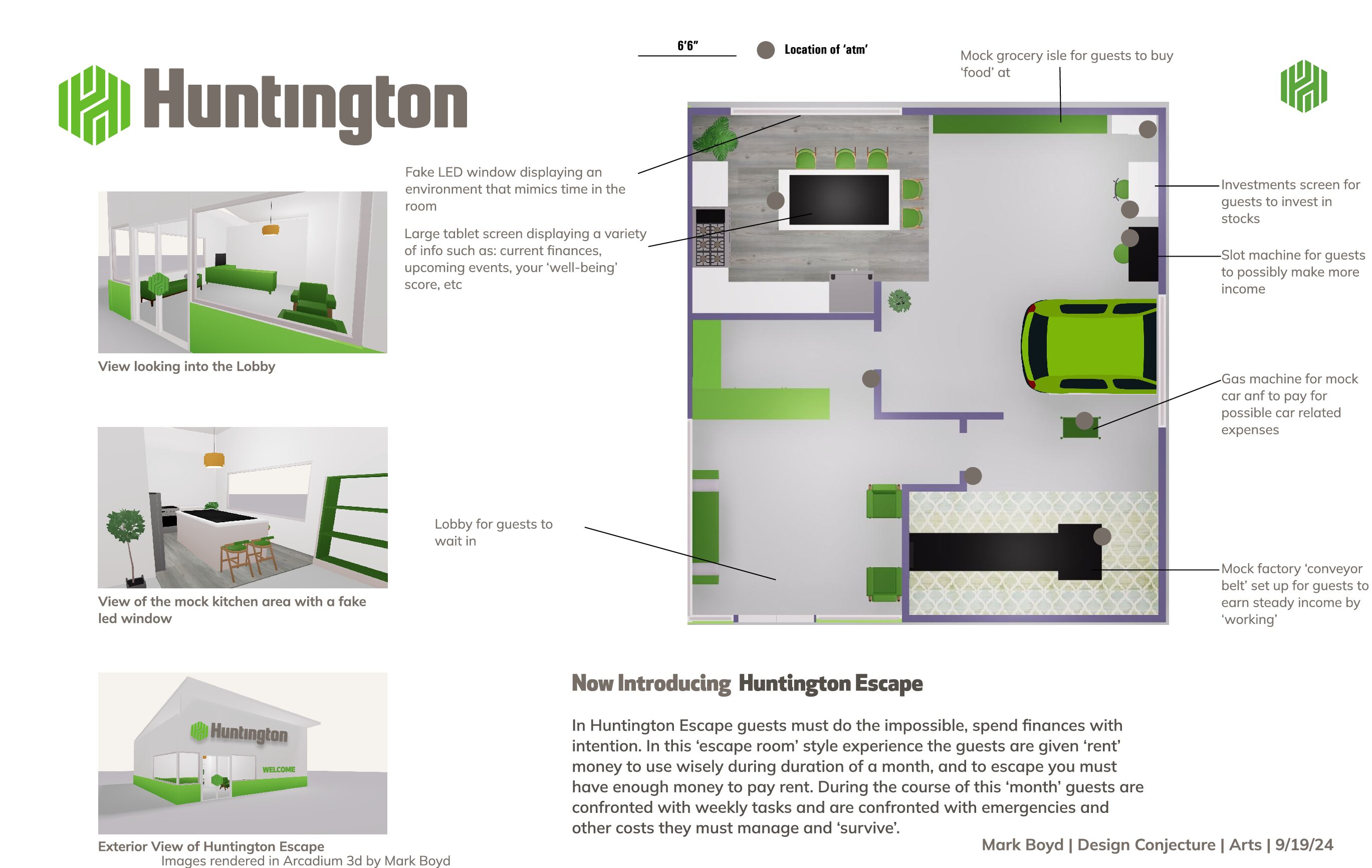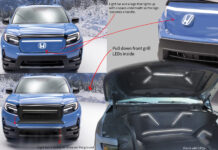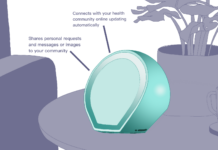One of the biggest hurdles to overcome when pushing for sharing economy buy-in deals with communicating the value of access over ownership. In a world where purchasing, consuming and hoarding items is a part of our daily lives, it can be hard to imagine how an alternative can make sense within American society. Where access reveals its value lies within the notion that the object of desire or experience can be obtained without the psychological burden and financial loss that comes with buying something. This concept is best exemplified by the fine art world.
Some of the articles I cited in this category deal with behavioral economics and irrational buying seen specifically in the art market. This atypical market operates off of exclusivity, rarity intrigue and elitism. When the item of focus is a one of a kind cultural symbol, there comes a degree of “its worth what you pay for it” as the key determining factor in its price. This virtue is driven forward by the sense of prestige and ownership of that which others can’t have, a key factor in irrational buying behaviors. The world of art truly solidifies my understanding of the access vs. ownership model as a rather extreme binary in some cases, where the difference in environmental factors can determine whether or not your viewing of a historic painting is free or costs tens of millions of dollars.
In this conjecture, framed as a marketing campaign, the imagery is built around this exact principle of art viewing as a token of great expense if owned vs. accessed. A simple narrative is laid out in the billboard graphic; the prized “Starry Night” by Vincent Van Gogh presented on a museum gallery wall, juxtaposed by it hanging in a private living room. Coinciding with the difference in location, is the price tag attached to the experience of viewing. The conceptual message here is that art viewed through access to a museum costs only the price of an admission ticket, which can often be free, while the price to privately own the same piece is valued at around 100 million dollars. While you are seeing the exact same piece of art, the ownership variable is the determining factor that can cost an astronomically high amount. This paints a clear picture of the monetary value of ownership, exclusivity and prestige, existing in direct contrast to the concept of access. I envision this image, and visual narratives alike as a part of a nationwide advertising campaign aimed at visualizing the Access vs. Ownership concept and provoking discussion on it within the societal context.




